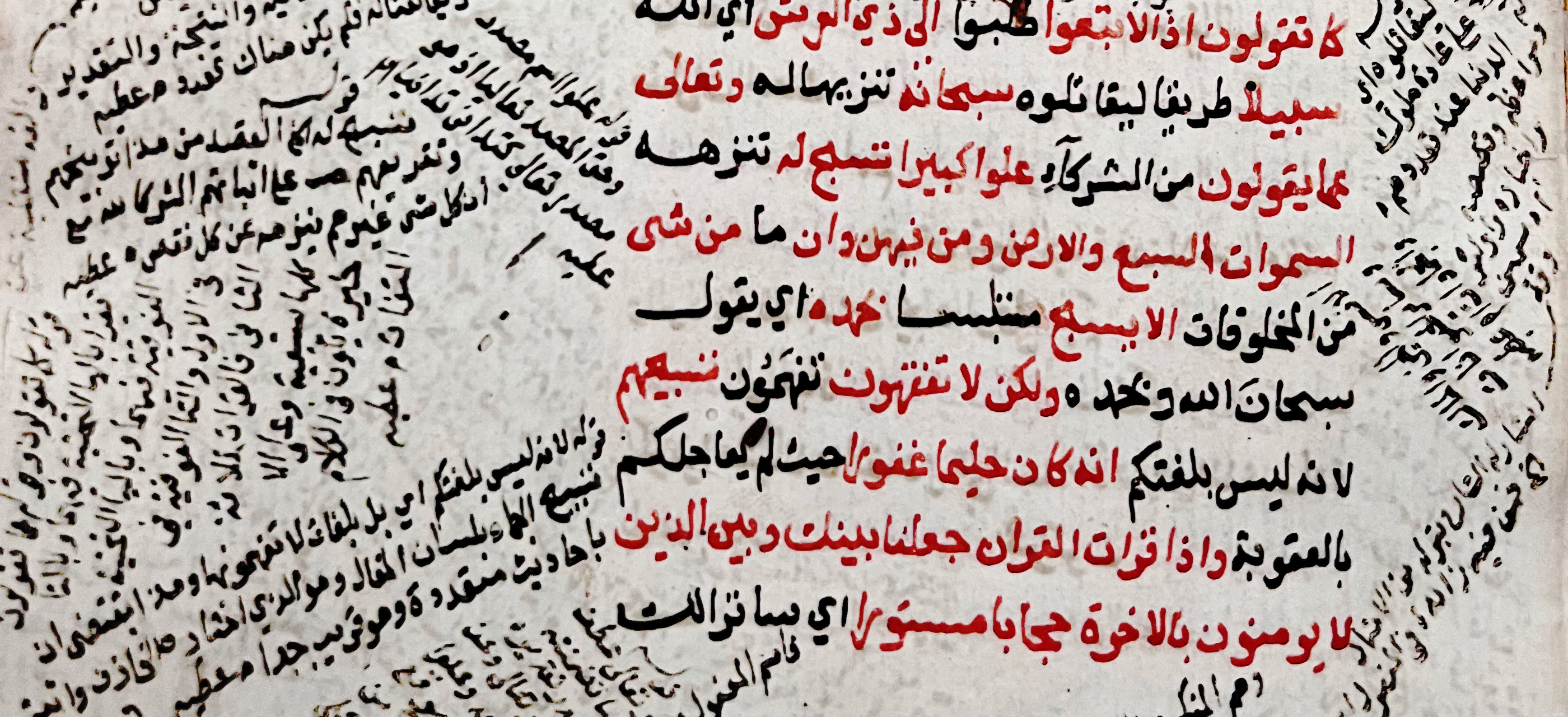Identification of Secondary Metabolites from Origanum majorana L. (Lamiaceae) Essential Oil Cultivated in Island of Djerba; Antibiofilm, Anticoagulant and Phytotoxic Properties
Contenu
- Titre
- Identification of Secondary Metabolites from Origanum majorana L. (Lamiaceae) Essential Oil Cultivated in Island of Djerba; Antibiofilm, Anticoagulant and Phytotoxic Properties
- Créateur
- Bouomrine, Sonia
- Melliti, Marwa
- Harzallah-Skhiri, Fethia
- Jannet, Hichem Ben
- Faisal, Mohammad
- Alatar, Abdulrahman A.
- Flamini, Guido
- Edziri, Hayet
- Sujet
- Botanique -- Djerba
- Résumé
- Origanum majorana L. is an aromatic plant from the Lamiaceae family, considered as one of the popular plants in Tunisia since it was known to have many biological potentials and frequently grown in gardens as a condiment plant. The aim of this work is to explore the chemical composition, the antimicrobial, antibiofilm, anticoagulant and insecticidal activities of the flowering aerial parts extracts and the essential oil (EO) of this plant. The essential oil was extracted by hydrodistillation and analyzed using GC/MS. Polyphenols, flavonoids and tannins were quantified from three organic extracts. The antimicrobial activities were assessed against 8 bacteria; 4 Gram negative and 4 Gram positive ones; and 4 fungal strains. The biofilm inhibition was determined in vitro by the micro dilution method against 3 bacteria. Prothrombin time (PT) and kaolin clotting time (KCT) tests were employed to investigate the anticoagulation potential for the first time. The repellent activities of the organic extracts and the fumigant activity of the EO were studied. The flowering aerial parts EO is rich in oxygenated monoterpenes (54.38%) especially in terpinen-4-ol. For the antimicrobial activities, the tested oil displayed moderate antibacterial and antifungal activity (MIC = 1.5 mg/mL), and showed a good antibiofilm activity against the tested bacteria with inhibition values greater than 51 ± 1.04% at MIC dose. Furthermore, it has anticoagulant activities with a prothrombin time of 37.3 ± 0.36 s and KCT of 48.1 ± 0.26 s at a concentration of 15 mg/mL, as well as fumigants activities against Tribolium castaneum. Polyphenols and tannins contents were found to be the highest in ethyl acetate and ethanolic extracts. The two extracts showed interesting antibacterial and antifungal activity with values of MIC ranging from 1.25 to 10 mg/mL, and from 2.5 to 20 mg/mL, respectively. Also, they present a strong antibiofilm activity at different MICs. Ethyl acetate extract has an interesting anticoagulant activity at a concentration of 0.5 mg/mL with 52.18 ± 0.49 s for KCT. Ethanolic extract is a promising anticoagulant agent (16.9 ± 0.02 s for PT and 45.72 ± 0.24 s for KCT at a concentration of 0.5 mg/mL). Only Petroleum ether extract has repellent activities (62.5 ± 8.5%) against an insect pest tested. The aerial parts of Origanum majorana could be considered as new source of anticoagulant, antibiofilm, antibacterial, antifungal and insecticide molecules for pharmaceuticals and pest purposes. However, further research must be undertaken to identify the active molecules responsible for these biological activities.
- Est une partie de
- Chemistry Africa
- volume
- 8
- numéro
- 4
- Date
- 2025
- Titre abrégé
- Chemistry Africa
- Langue
- eng
- doi
- 10.1007/s42250-025-01336-7
- issn
- 2522-5766
Position : 2966 (47 vues)

